Project 1: Image Filtering and Hybrid Images
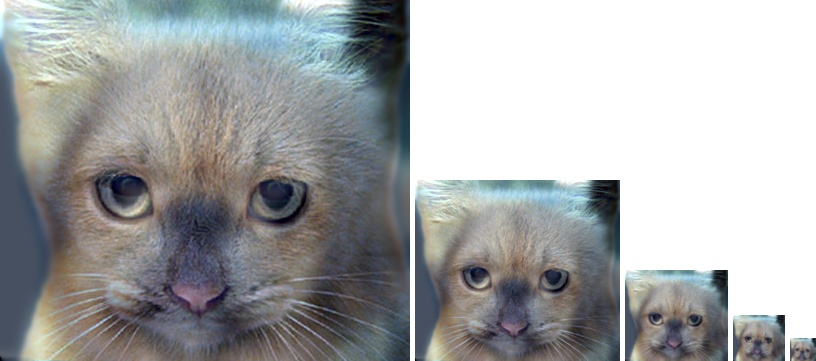
Example of a hybrid image pair shown over multiple magnifications.
This project is implemented in two segments:
- Image Filtering using my_imfilter.m
- Hybrid Image using proj1.m
Image Filtering.
Image filtering (or convolution) is a fundamental image processing tool. Here, we implement a my_imfilter() function that satisfies the following constraints: (1) supports grayscale and colored images (2) support arbitrary shaped odd dimensional filters (3) Padding the input image with reflected data (4) return a filtered image with same resolution as input image
Hybrid Images.
A hybrid image is the sum of a low-pass filtered version of the one image and a high-pass filtered version of a second image. There is a free parameter, which can be tuned for each image pair, which controls how much high frequency to remove from the second image and how much low frequency to leave in the first image. This is called the "cutoff-frequency". Here, we use standard deviation of the Gaussian bluring filter in constructing the hybrid images. In the SIGGRAPH paper it is recommended to use two cutoff frequencies (one tuned for each image)
Example of code to implement hybrid images
image1 = im2single(imread('../data/dog.bmp'));
image2 = im2single(imread('../data/cat.bmp'));
filter = fspecial('Gaussian', cutoff_frequency*4+1, cutoff_frequency);
low_frequencies = my_imfilter(image1, filter);
high_frequencies = image2 - my_imfilter(image2, filter);
hybrid_image = low_frequencies + high_frequencies;
Results in a Table
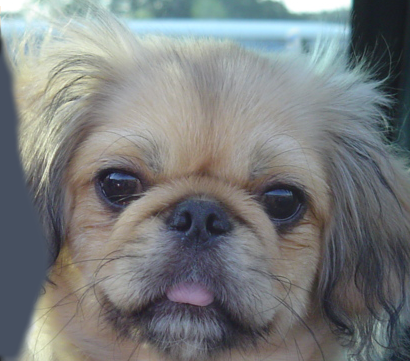
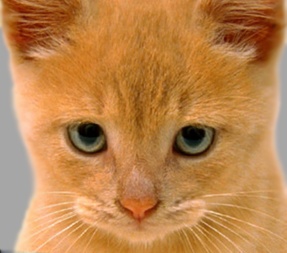
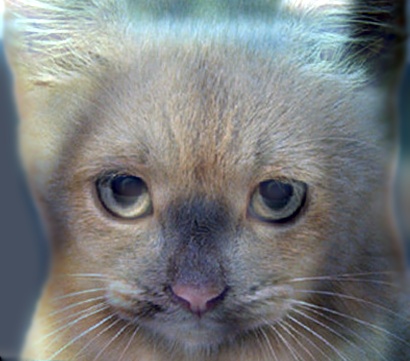
|

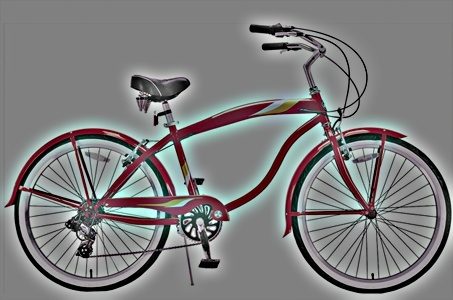
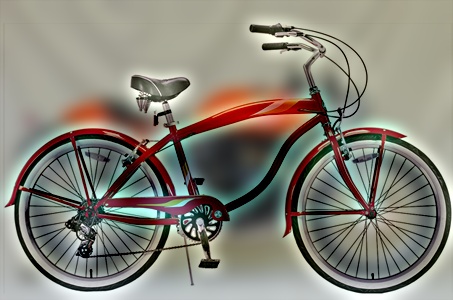
|


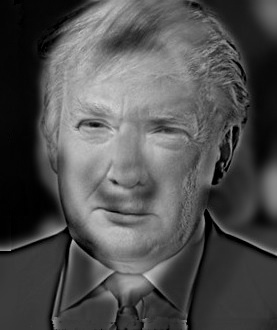
|
Takeaways: Interesting introduction to image filtering and perspective viewing of images.